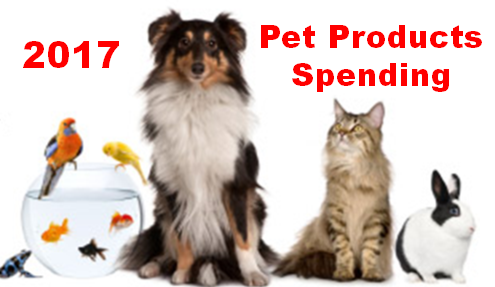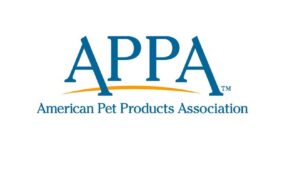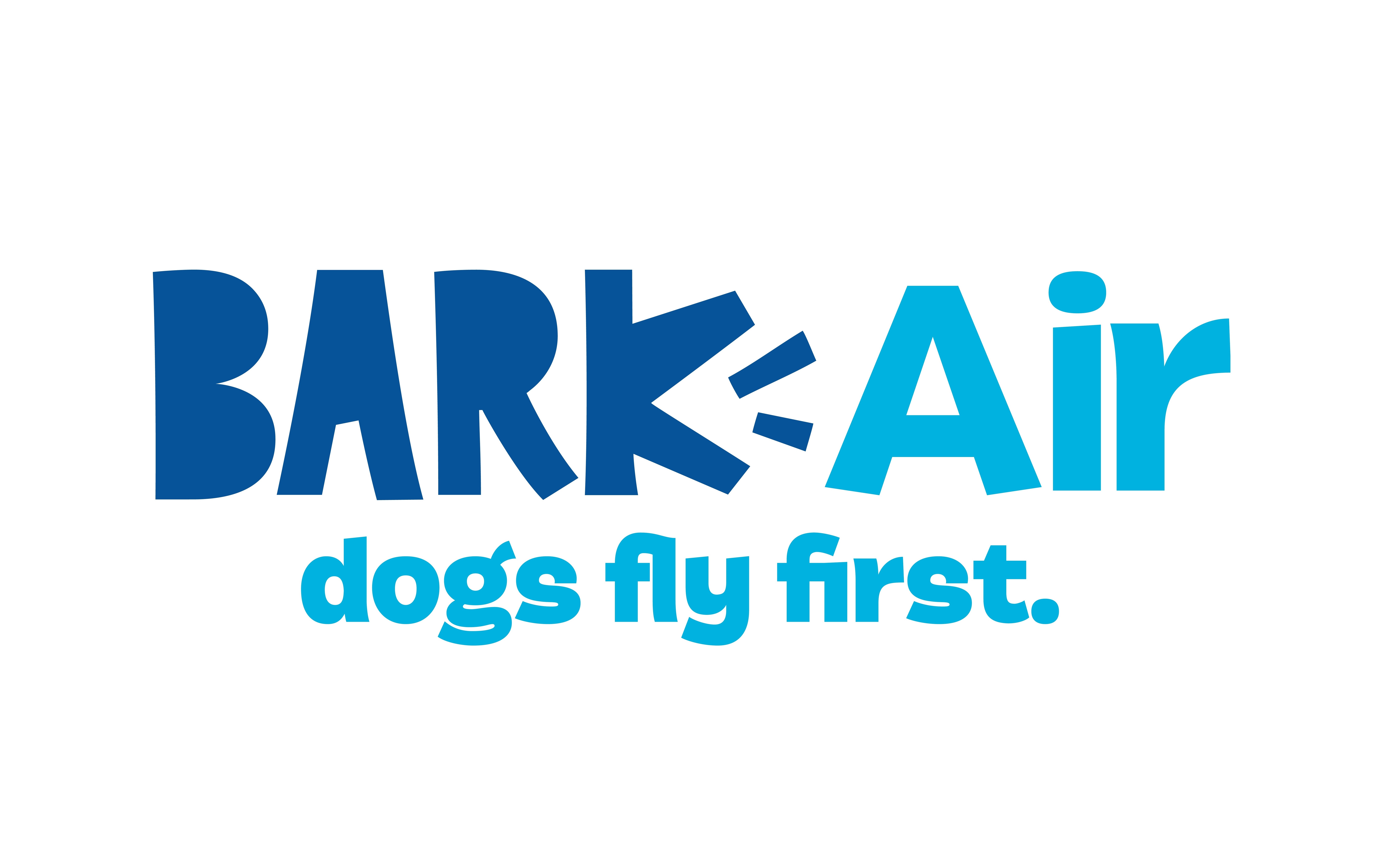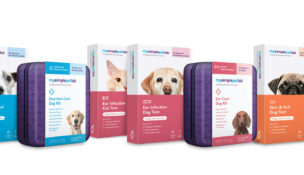2017 Pet Products Spending was Nearly $50B
Pet Age Staff //January 10, 2019//
By: The Pet Business Professor
According to John Gibbons, president of A GPS for Pet Businesses, pet products spending was $49.69 billion in 2017.
We looked at the Total Pet Spending for 2017 and its key demographic sources. Now we’ll start drilling down into the data. Ultimately, we will look at each individual segment but the first stop in our journey of discovery will be Pet Products – Pet Food and Supplies. This classification accounted for $49.69B (64.4%) of the $77.13 in Total Pet spending in 2017. This was up $7.35B (+17.4%) from the $42.34B that was spent in 2016. We have seen that this lift was driven by the market expansion of premium foods along with deflated prices in Supplies. Value was the key driver. Food and Supplies are the industry segments that are most familiar to consumers as they are stocked in over 200,000 U.S. retail outlets, plus the internet. Every week over 21,000,000 U.S. households buy food and/or treats for their pet children.
Pet Food spending turned around in 2017, +$4.61B, while Supplies built on a trend that began in the second half of 2016 to increase spending by $2.74B. We’ll combine the data and see where the bulk of Pet Products spending comes from.
We will follow the same methodology that we used in our Total Pet analysis. First, we will look at Pet Products Spending in terms of the same 10 demographic category groups that were responsible for 60+% of Total Pet spending. A couple fall below the 60% mark for Products, but they are very close. Then we will look for the best and worst performing segments in each category and finally, the segments that generated the biggest dollar gains or losses in 2017.
- Race/Ethnic – White, not Hispanic (85.7%) This is the largest group and accounts for the vast majority of spending in every segment. With a 125.1% performance rating, this category ranks #4 in terms of importance in Pet Products Spending demographic characteristics. While Hispanics, African Americans and Asian American account for over 30% of U.S. CU’s, they spend less than 15% of Pet Products $. Although pet ownership is relatively high in Hispanic American households, it is significantly lower for African Americans and Asian Americans.
- # in CU – 2+ people (82.5%) The spending numbers for Pet Products are very close to those for Total Pet, 82.7%. If you put 2 people together, pets very likely will follow. If you have a pet, you must spend money on food and supplies. Their overall performance of 115.7% is lower because performance decreases as the number of people in the CU increases. However, with performance rating of 99%, even the CU’s with 5 or more people are “earning their share”. The key is “It just takes two.”
- Housing – Homeowners (80.3%) Controlling your “own space” has long been the key to pet ownership, larger pet families and more pet spending. At 127.7% performance, homeownership moved up to second place in terms of importance for increased pet products spending. Homeownership increased by 0.5% in 2017. A big factor was the Millennials’ rate improving from 35% to 37%. Good news!
- Income – Over $50K (70.9%), up from 68.1%. Pet Parenting is common in all income groups but money does matter in spending behavior for all industry segments. With a performance rating of 137.7%, (up from 136.2%) CU income is also the single most important factor in increased Pet Products Spending. As a general rule, Higher Income = Higher Pet Products Spending. However, in 2017 much of the increase in share and performance was due to increased spending by the middle income groups, not the $150K+ elite.
- Age – 35>64 (66.4%), up from 63.5%. Their performance also increased from 117.2% to 124.3% and they “joined” the 120+% performance club at #5. Although the 35>54 group increased spending by $2.47B, the 55>64-year-old Baby Boomers generated an additional $3.65B, which was half of the total national increase.
- Occupation – All Wage & Salary Earners (66.1%), up from 64.4. Pet ownership is widespread across all segments in this group. The low performance, 108.2%, up from 105.7%, reflects this, as well as the contribution by Retirees. However, the lifts in share and performance were driven by a big spending increase from blue-collar workers.
- CU Composition – Married Couples (63.1%), up from 61.1%. Pet parenting and marriage both represent strong commitments. Their performance increased from 125.8% to 127.5 but they fell to 3rd place. Like Homeownership, this group has been growing in importance and they both continue to battle it out for second place behind income.
- # Earners – “Everyone Works” (59.9%), down from 65.0%. Their performance is 104.5%, down from 112.8%. In this group, all adults in the CU are employed. No group had a bigger drop in share or performance. This is directly a result of the great year by CU’s with 2+ people and only one earner, along with Retirees. Income is a still a priority in Pet Products but not how many people work to get it.
- Education – Associates Degree or Higher (59.0%), down from 60.3%. Their performance level also fell from 116.5% to 109.9%. Just 2 years ago this group had a performance level over 120%. In 2017 there was a big spending lift by High School Grads with some College. The current trend and situation shows that Pet Parents don’t need a College degree to recognize and buy, not just what is needed, but what is best for their Pet Children. Responsible Pet ownership is becoming even more widespread across America.
- Area – Suburban (58.2%), down from (59.6%). Their performance also fell from 108.6% to 104.7%. Suburban households are still the biggest pet spenders and under normal circumstances they had a pretty good year, +14.7%. However, their share and performance were driven down by a spectacular performance in Rural areas.
Although the biggest spending groups are the same for Pet Products as for Total Pet, there are subtle differences in market share and performance. Money still matters most but how you earn it matters less. Pet Products Spending is definitely becoming more diverse across occupations, # of earners and education levels.
Spending on Pet Products has been on a roller coaster ride since 2015. Many consumers upgraded to Super Premium Food and cut back on Supplies in 2015. In 2016 they value shopped for Food and Spent some of the saved money on Supplies. In 2017 there was increased availability and value in both segments. Consumers recognized the opportunity and spent $7B more.
In 2017, on the surface, big changes weren’t immediately apparent. The demographic groups responsible for most of Pet Products Spending were the same as those in 2016. However, there were changes in their spending share rankings. Marriage and Everyday Workers moved up while the number of Earners and Higher Education became less important. These were the first indications of a movement towards more spending equality in certain demographic categories. In terms of their performance, Income, Homeownership and Marriage still came out on top. However, there were now 5 groups with 120+% performance as Age Group entered the club. Total Pet has the same 5, Plus Higher Education.
When we looked at the performance of individual segments, changes started to become more apparent. Two of the new top performers were notable – 1 Earner – 2+CU’s and Rural Areas. However, when we looked at the biggest gainers in $, that’s when the changes really stood out. Many winners – Blue-Collar, 1 Earner – 2+CU’s, HS Grads w/some College, $40>69K and Rural are real evidence that spending is becoming more demographically balanced across America, especially in income, occupation and education. There was also a big spending lift in less densely populated areas.
This data raises another issue. Spending money on Food and Supplies is an absolute necessity in Pet Parenting. Obviously, your pet needs food every day so you must buy it regularly and often. Although Supply items are often more discretionary in nature, there are plenty of supplies that are necessities and many more that improve the quality of life for Pets and Pet Parents. Because of this necessity, the spending behavior on Pet Products can be an important reflection of the percentage of pet ownership in a demographic category. The APPA reported that the percentage of Pet Parenting H/H’s rose from 65% to 68% in 2017. We originally attributed the food spending increase to upgrades. Perhaps there were 2 trends going on. The Spending data provides supporting evidence for both an upgrade and new pet ownership. It also helps to identify the participants, or should I say, new Pet Parents. The Food Segment analysis should be interesting.
See the full report here.



















